-
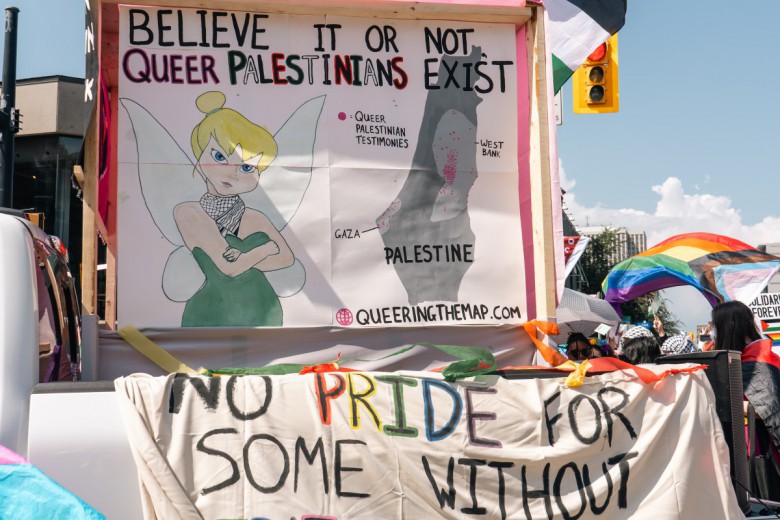
by Masha Davidović Apr 8, 2025 12 min read
-
_780_520_90_s_c1.jpg)
by Syd Gilchrist Apr 7, 2025 7 min read
-
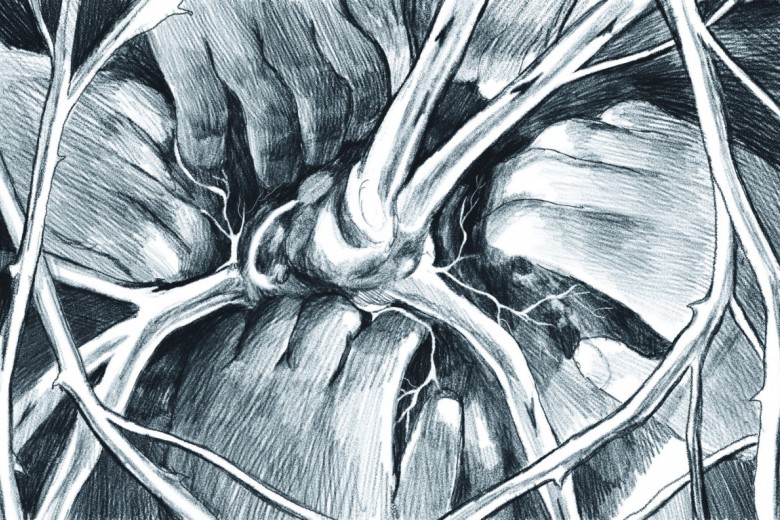
by Anmol Swaich and Tyson Singh Kelsall ਟਾਈਸਨ ਸਿੰਘ Apr 7, 2025 11 min read
-
_780_520_90_s_c1.jpg)
by Pedro Meza Mar 28, 2025 2 min read
-
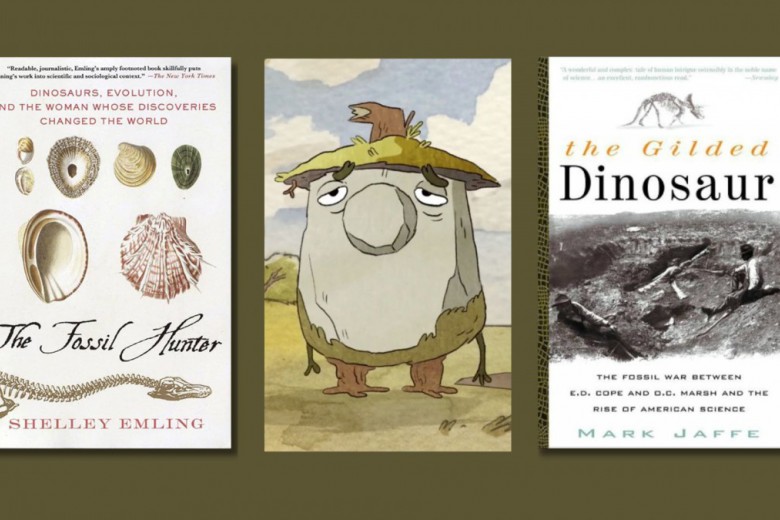
by Rebecca Yoshizawa Mar 26, 2025 5 min read
-

by Lena Andres and Ted Rutland Mar 25, 2025 11 min read
-
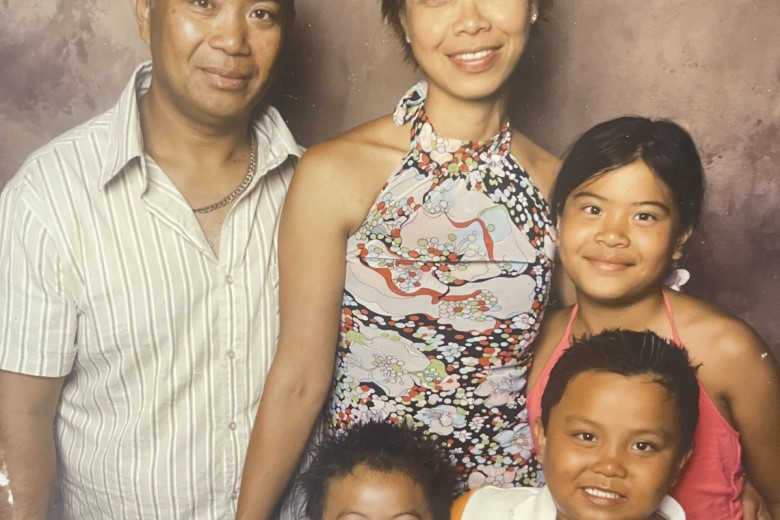
by Adam Arca Mar 19, 2025 9 min read
-
_780_520_90_s_c1_c_c.jpg)
by Rayya Liebich Mar 18, 2025 2 min read
-
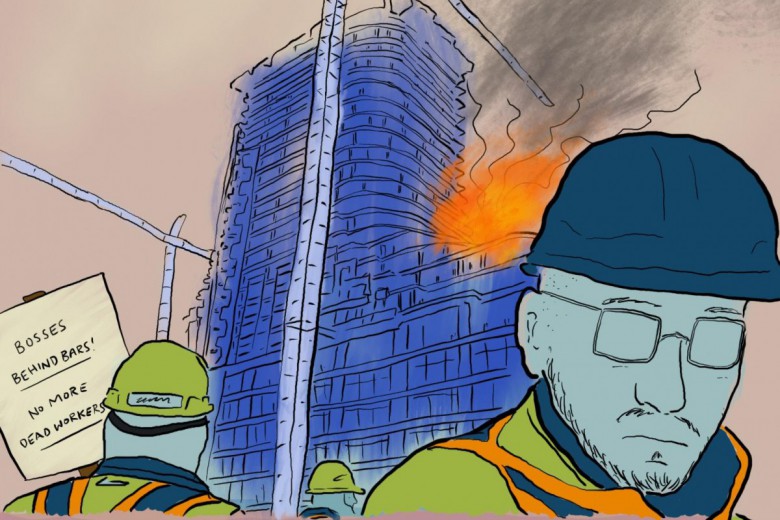
by Nigel Hakeem Mar 4, 2025 9 min read
-
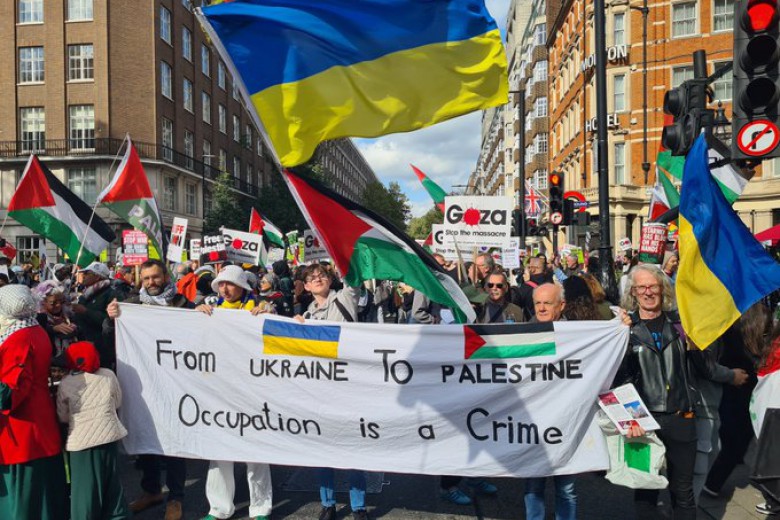
by David Camfield Mar 4, 2025 5 min read
-
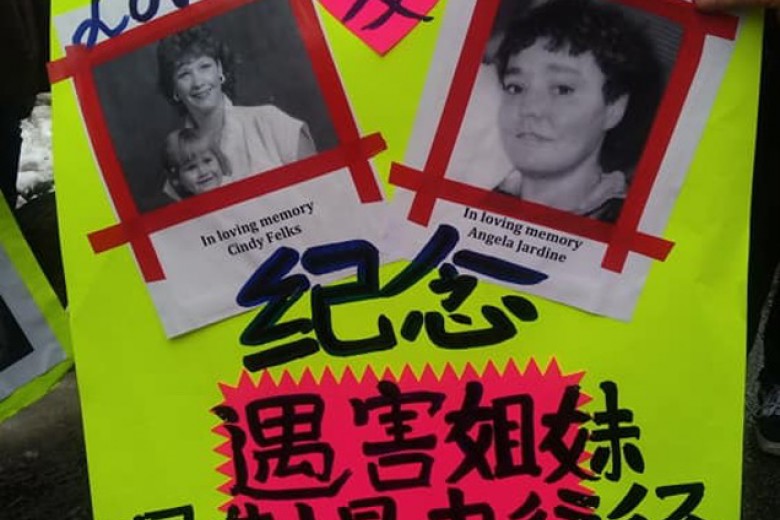
by Yi Chien Jade Ho Mar 3, 2025 12 min read
-
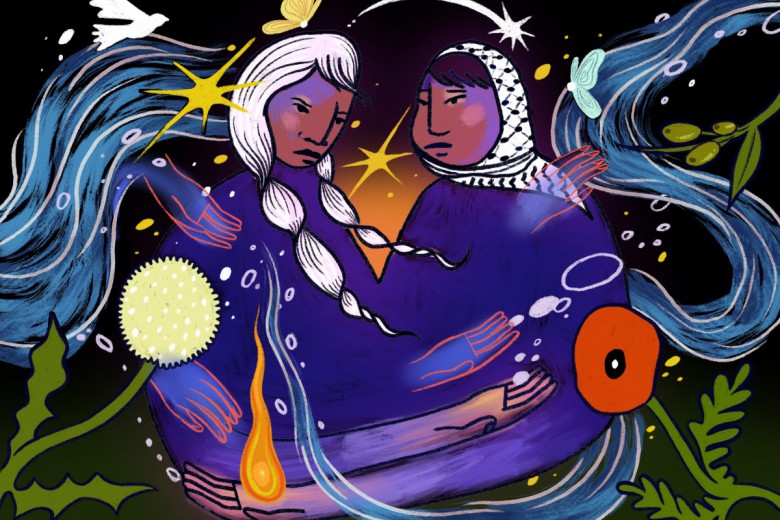
by Jessica Johns Feb 27, 2025 9 min read
-
_780_520_90_s_c1.jpg)
by Meral Jamal Feb 25, 2025 12 min read
-
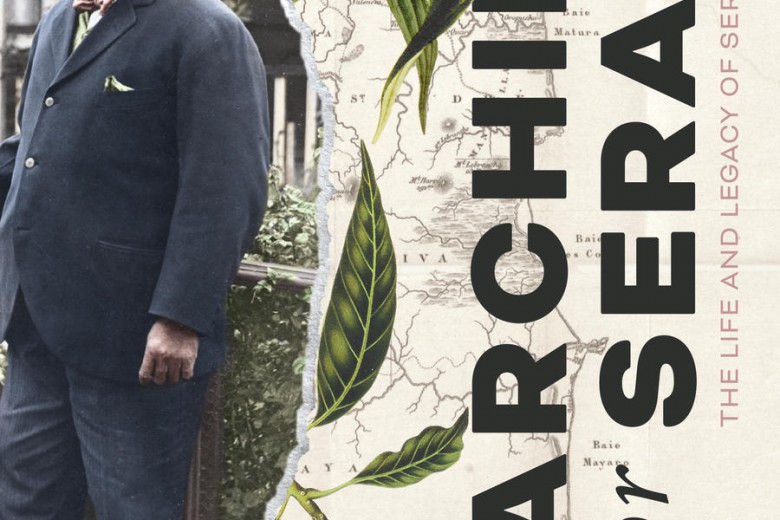
by Ruby Smith Díaz Jan 30, 2025 5 min read
-
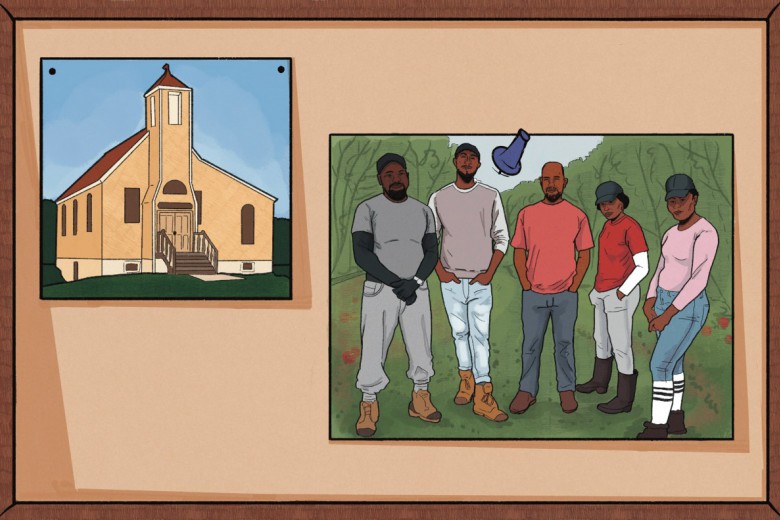
by Balqees Jama Jan 16, 2025 12 min read
-
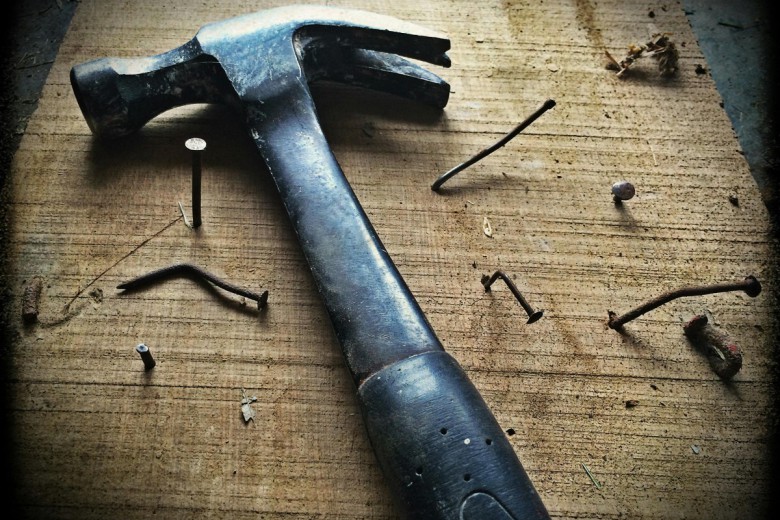
Jan 13, 2025 3 min read
-
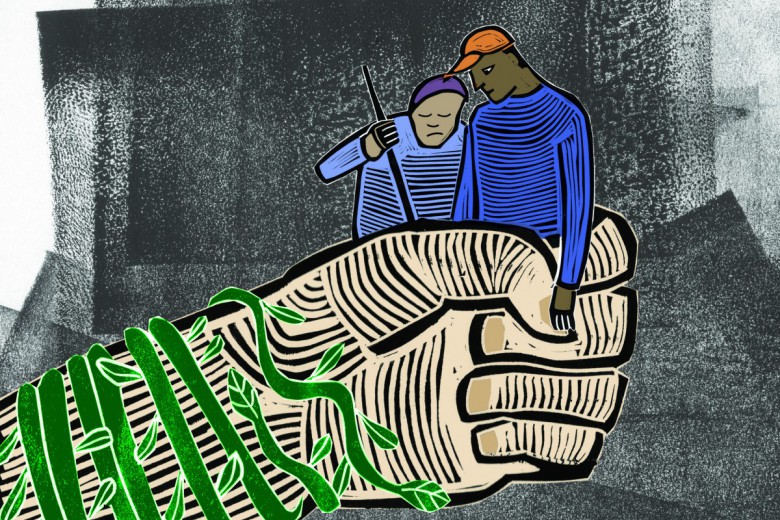
by Likam Kyanzaire Dec 31, 2024 7 min read
-
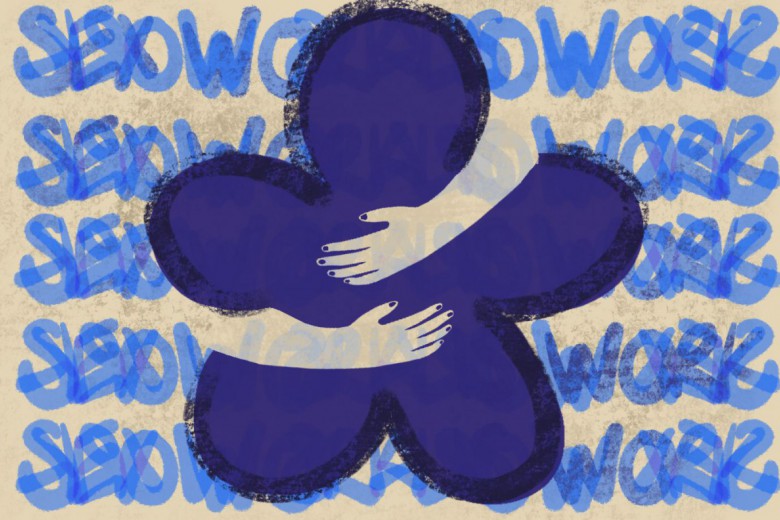
by Jenn Clamen Dec 31, 2024 10 min read

_780_520_90_s_c1.jpg)

_780_520_90_s_c1.jpg)



_780_520_90_s_c1_c_c.jpg)




_780_520_90_s_c1.jpg)







